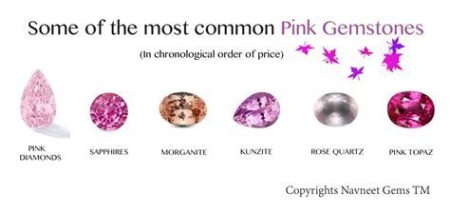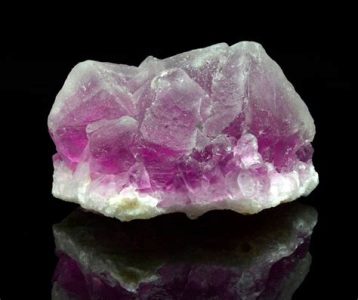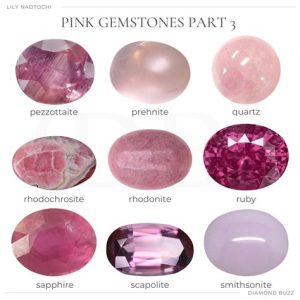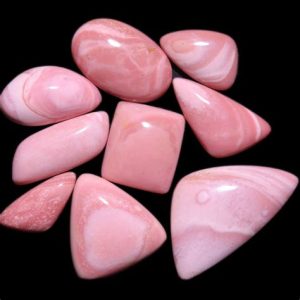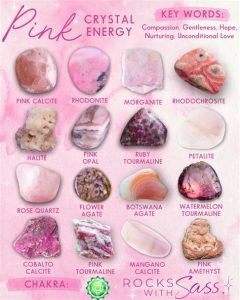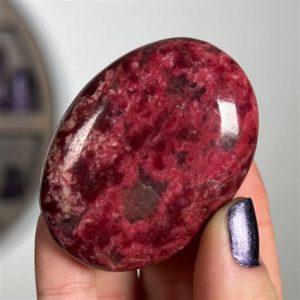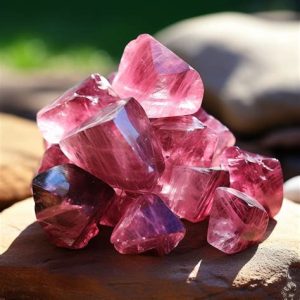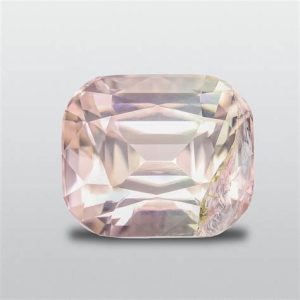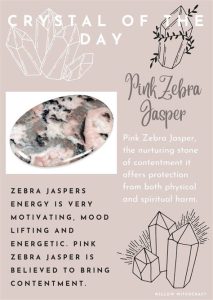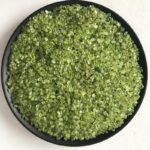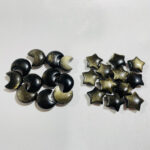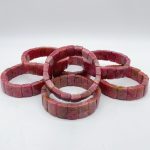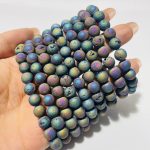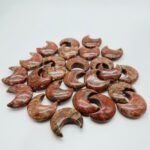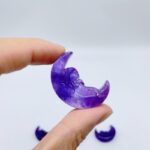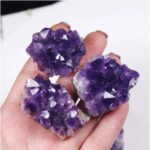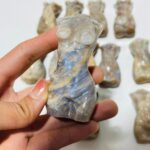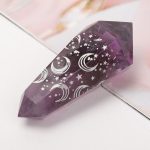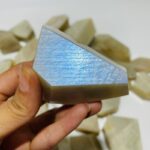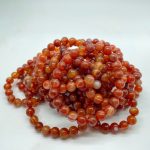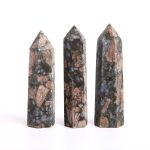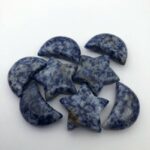With its captivating purple hues and revered history, amethyst remains a highly sought-after gemstone. Its value, however, varies significantly depending on several factors, making it essential to understand how much an amethyst is worth before making a purchase.

Factors Influencing Amethyst Value
Carat Weight
Larger amethysts generally command higher prices due to their rarity. A one-carat amethyst can range from $10 to $50, while a ten-carat amethyst can fetch anywhere from $100 to $500.
Clarity
The number and size of inclusions (imperfections) in an amethyst affect its clarity. Higher clarity, or fewer inclusions, typically leads to a higher value.
Color
The intensity and saturation of an amethyst’s purple color are crucial in determining its value. Deep, vibrant purples are more valuable than pale or muddy shades.
Cut
The cut of an amethyst refers to its shape and faceting. Well-cut amethysts maximize their brilliance and fire, enhancing their overall value.
Treatment
Some amethysts undergo treatments to improve their appearance, such as heat treatment or irradiation. These treatments may affect the value, with untreated amethysts generally commanding a premium.
Amethyst VS Other Gemstones
Amethyst VS Emerald
- Both valuable gemstones, but emeralds tend to be more expensive due to their rarity and demand.
- Emeralds are known for their deep green color, while amethysts are characterized by their purple hues.
Amethyst VS Ruby
- Both highly valued gemstones, but rubies are typically more expensive due to their rarity and historical significance.
- Rubies are renowned for their deep red color, while amethysts are known for their purple hues.
Amethyst VS Sapphire
- Both popular gemstones, but sapphires are often more expensive due to their durability and versatility.
- Sapphires come in a wide range of colors, including blue, pink, and yellow, while amethysts are primarily purple.
Amethyst Applications
In addition to its value as jewelry, amethyst is also used in other applications, including:
- Metaphysics: Believed to promote spiritual growth, intuition, and protection.
- Crystals: Used in meditation and energy healing practices.
- Gemmology: Collected as a valuable and collectible gemstone.
- Ornamentation: Found in decorative objects, such as vases, sculptures, and jewelry boxes.
Useful Tables
| Carat Weight | Approximate Value |
|---|---|
| 1 carat | $10-$50 |
| 5 carats | $50-$250 |
| 10 carats | $100-$500 |
| Clarity | Value Impact |
|---|---|
| VVS (Very Very Slightly Included) | High Value |
| VS (Very Slightly Included) | Moderate Value |
| SI (Slightly Included) | Low Value |
| Color | Value Impact |
|---|---|
| Deep Purple | High Value |
| Medium Purple | Moderate Value |
| Pale Purple | Low Value |
| Cut | Value Impact |
|---|---|
| Excellent | High Value |
| Good | Moderate Value |
| Fair | Low Value |
Tips and Tricks
- Research before buying to understand the factors affecting amethyst value.
- Compare prices from multiple sources to find the best deal.
- Consider the size, shape, and color that best suits your needs.
- Choose between treated and untreated amethysts based on your preferences.
- Store and clean your amethyst properly to maintain its value.
Common Mistakes to Avoid
- Overpaying for a low-quality amethyst due to inadequate research.
- Purchasing an amethyst that has been misrepresented or treated without disclosure.
- Neglecting to compare prices and finding the most competitive option.
- Storing your amethyst improperly, causing damage or discoloration.
- Assuming that all amethysts are created equal and not considering the variations in quality.
How to Step-by-Step Approach
- Determine your budget: Establish a price range before shopping.
- Research: Educate yourself about amethyst value and the factors that influence it.
- Compare prices: Look at different retailers and compare their prices for similar amethysts.
- Consider quality: Assess the size, shape, color, cut, and clarity of the amethyst you are considering.
- Make an informed decision: Based on your research and comparisons, choose an amethyst that meets your criteria and budget.
Pros and Cons
Pros
- Beautiful and captivating purple gemstone.
- Durable and relatively affordable compared to other precious stones.
- Believed to possess metaphysical and healing properties.
Cons
- Can be damaged by excessive heat or chemicals.
- May vary in quality and value, requiring careful research before purchase.
- Treated amethysts may have lower value and durability.
FAQs
- What is the most valuable amethyst color? Deep purple.
- How much does a 5-carat amethyst cost? $50-$250.
- Is amethyst treated to improve its color? Yes, some amethysts undergo heat treatment or irradiation.
- How can I tell if an amethyst is real? Look for the presence of inclusions and a glass-like luster.
- What is the difference between an amethyst and an emerald? Emeralds are green, while amethysts are purple.
- Can I use amethyst in jewelry? Yes, amethyst is a popular choice for jewelry, particularly necklaces, earrings, and rings.
- How should I store and clean my amethyst? Store in a cool, dry place and clean with a soft cloth and mild soap.
- Is amethyst a good investment? Amethysts can hold their value or even appreciate over time, making them a potential investment.

